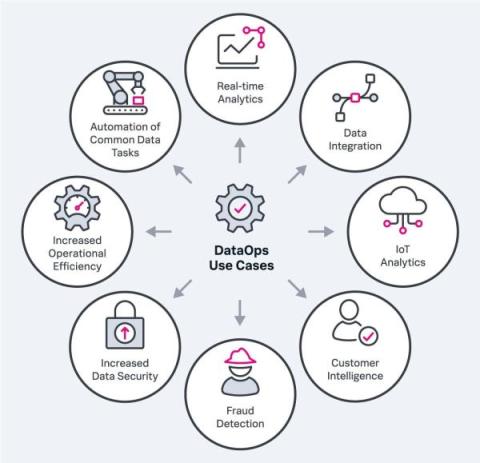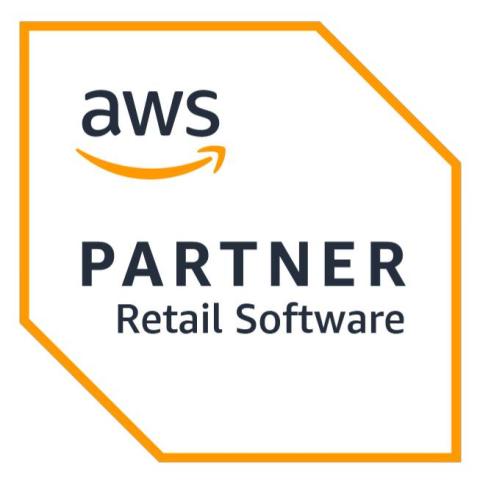What is DataOps? Process, Benefits & Best Practices Today
Whether you're a small business or a large enterprise, working with data consumes time and effort. But what if there was a way to turn this data into opportunities for growth? That’s what DataOps offers. DataOps helps create a collaborative environment to improve data quality by automating manual processes. Research shows the market for DataOps platforms will grow from USD 3.9 billion in 2023 to USD 10.9 billion by 2028. This growth shows how steadily organizations will streamline their operations.











